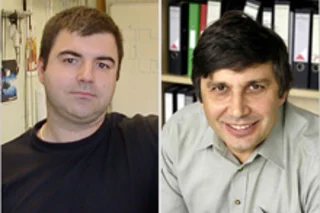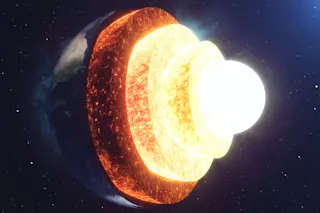Graphene. The wonder material snagged the 2010 Nobel Prize in Physics today, bringing the award to Russian scientists Andre Geim and Konstantin Novoselov who work at the University of Manchester in the U.K. Novoselov and Geim didn't discover graphene, which is made of sheets of carbon just one atom thick. Physicists had known about it for years, but these two showed the way to produce it quickly and easily.
Novoselov was a postdoctoral fellow working in Geim's lab in 2004 when the researchers discovered that they could make atomically thin slabs of carbon by repeatedly cleaving graphite—essentially pencil lead—with adhesive tape. Their 2004 Science paper describing the material and its the electrical properties has already been cited more than 3,000 times, according to Thomson Web of Science. [Scientific American]
That plethora of citations comes because the list of graphene's attributes and possible applications is a long one:
A sheet of ...














